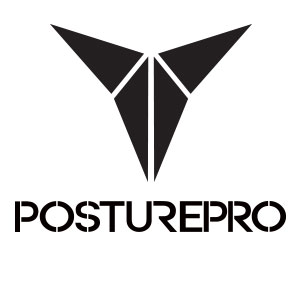Download for FREE the Posturology Podcast
One of the many controversial topics of the twenty first century is weight loss. Articles commonly mention nutrition and how the body metabolizes nutrients, and different types of exercises that are recommended for weight-loss; however, they rarely mention the relationship between weight and pathological scars. What are they? Pathological scars arise from abnormal healing of the skin following a surgical intervention.
These types of scars can contribute to weight gain.
Skin healing depends on many factors: age, genes, gender, collagen production, hormones and ethnicity. When a scar heals improperly, the constant rubbing of clothing on the area can contribute to a phenomenon called an adreno-secretion pump. This constant rubbing causes the body to secrete adrenaline in small doses. Adrenaline, as most of you already know, is a hypoglycaemic hormone that causes an increase in blood sugar levels.In turn, increased blood sugar levels cause the pancreas to secrete insulin in order to lower the excess in blood sugar. When this occurs, the person is put into a state of mild and constant hypoglycemia.
This phenomenon can be one of the many explanations preventing you and your clients to lose weight. We will se in another articles how pathological scars can also affect posture and prevent Posturologist from obtaining a full correction. So, if you feel as though you have been doing everything right, and still can’t manage to lose excess weight, your surgical scar may be a contributing factor.
Here is a list of problematic areas:
- Abdomen
- Chest
- Stomach
- Back
Here is what to look for:
•Keloid scars: These scars are the result of an overly aggressive healing process.
•Contracture scars: If your skin has been burned, you may have a contracture scar. These scars tighten skin and can impair your ability to move. Contracture scars may also go deeper thereby affecting muscles and nerves.
•Hypertrophic scars: These are raised and red scars that are similar to keloids but do not go beyond the boundary of the injury.

Treatment:
To treat any of the aforementioned scars, your Posturologist will recommend that you apply a combined mixture of helichrysum, lavender aspic, rosewood and peppermint oil onto your scars. Laser treatment, which is a neural therapy, is recommended as a great adjunct to this treatment.
To buy our essential oil mixture click on this link.
If you like this blog please share.
For a list of our upcoming programs please visit this link.
On Facebook
One Twitter
On Instagram
REFERENCES
-van der Wal J. The architecture of the connective tissue in the musculoskeletal system-an often overlooked functional parameter as to proprioception in the locomotor apparatus. Int J Ther Massage Bodywork. 2009;2(4):9–23.
-Fuchs E, Horsley V. More than one way to skin
-Sidgwick GP, Bayat A. Extracellular matrix molecules implicated in hypertrophic and keloid scarring. J Eur Acad Dermatol Venereol. 2012;26(2):141–152.
-Di Meglio P, Perera GK, Nestle FO. The multitasking organ: recent insights into skin immune function. Immunity. 2011;35(6):857–869.
-Jang SH, Seo JP, Ahn SH, Lee MY. Comparison of cortical activation patterns by somatosensory stimulation on the palm and dorsum of the hand. Somatosens Mot Res. 2013;30(3):109–113.
-Mouchnino L, Blouin J. When standing on a moving support, cutaneous inputs provide sufficient information to plan the anticipatory postural adjustments for gait initiation. PLoS One. 2013;8(2):e55081.





